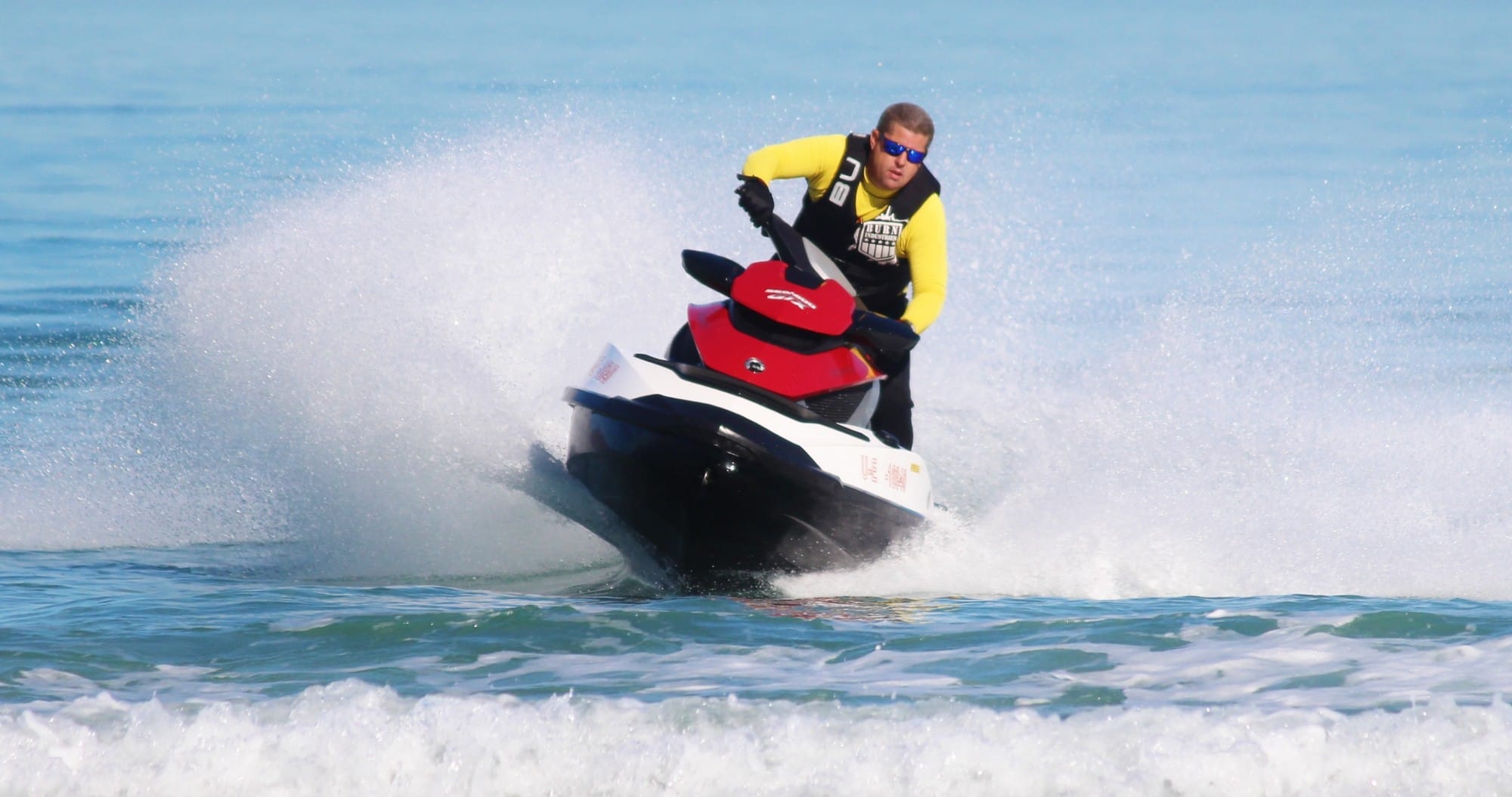If you’ve ever been interested in hitting the open waters with a jet ski, you need to know how to operate one safely. Otherwise, you’ll risk your day on the beach turning into a day in the emergency room.
So, what should you know?
This article looks at some of the basics of driving a jet ski so that you can start enjoying the water. Put these pointers into practice, and you’ll be fast and smooth.
Read on!
Learn Regulations and Safety Precautions
It is important first to become educated on the regulations and safety precautions when driving a watercraft. The beginner driver can take to the water once the basic safety and operational requirements are understood.
All Jet Ski drivers must ensure they are of proper age and licensed. It is also important to familiarize yourself with the following:
- local speed limits
- buoy markers
- any specified zones
Having a designated spotter while holding Jet Ski sessions is also important to ensure no one goes overboard. Be mindful of others when driving a jet ski and avoid sharpness or any dangerous tricks not to harm guests or other jet ski drivers.
Learn Basic Operation Steps
First and foremost, it is important to read the manufacturer’s manual. This helps to understand the various features and functions of your jet ski. Additionally, you will want to be familiar with all of the basic controls, including the:
- throttle
- steering
- bilge pump
- safety cut-off switch
Once you are comfortable with the operations of your jet ski and have taken the necessary safety precautions, you can start the engine and begin to practice maneuvering the jet ski and turning in circles. Only operate a jet ski in the conditions you are comfortable with, and always practice the highest levels of caution and respect for other boaters.
Get the Right Gear and Accessories
Beginners should be sure they have all the necessary safety gear, such as a USCG-approved life-jacket and a whistle or horn to signal distress. Having proper aquatic footwear, such as wetsuit boots or water shoes, is also important. This is to prevent slipping or injury.
Typical sun protection, such as hats, tops, and sunscreen, should also be taken on the journey. Additionally, accessories such as a watertight phone pouch, a cooler for snacks, and a bottle of drinking water will help to make the ride even more enjoyable.
Know Some Maintenance Responsibilities
Knowing some of the main maintenance responsibilities is the best way to ensure that your jet ski is always in good condition. Keeping the cooling pipes clean and free of debris is a priority. This is because clogged pipes can cause the engine to overheat.
Also, check the oil level regularly and use the right oil for your engine to avoid damage. Regularly checking for loose bolts and other parts that may need to be tightened or replaced. Ensure the battery is fully functional, and never leave the jet ski in saltwater for extended periods.
As the learning list goes on, look here for more of it.
Learn Jet Ski and Ride Safe
We hope this article has provided some helpful tips for learning how to jet ski and ride safely. Before you head out on the water, always have the right safety gear, check the weather conditions, and familiarize yourself with the jet ski.
Now that you know the basics, get ready to enjoy an exciting day out on the water.
Visit our main blog for more reads.







